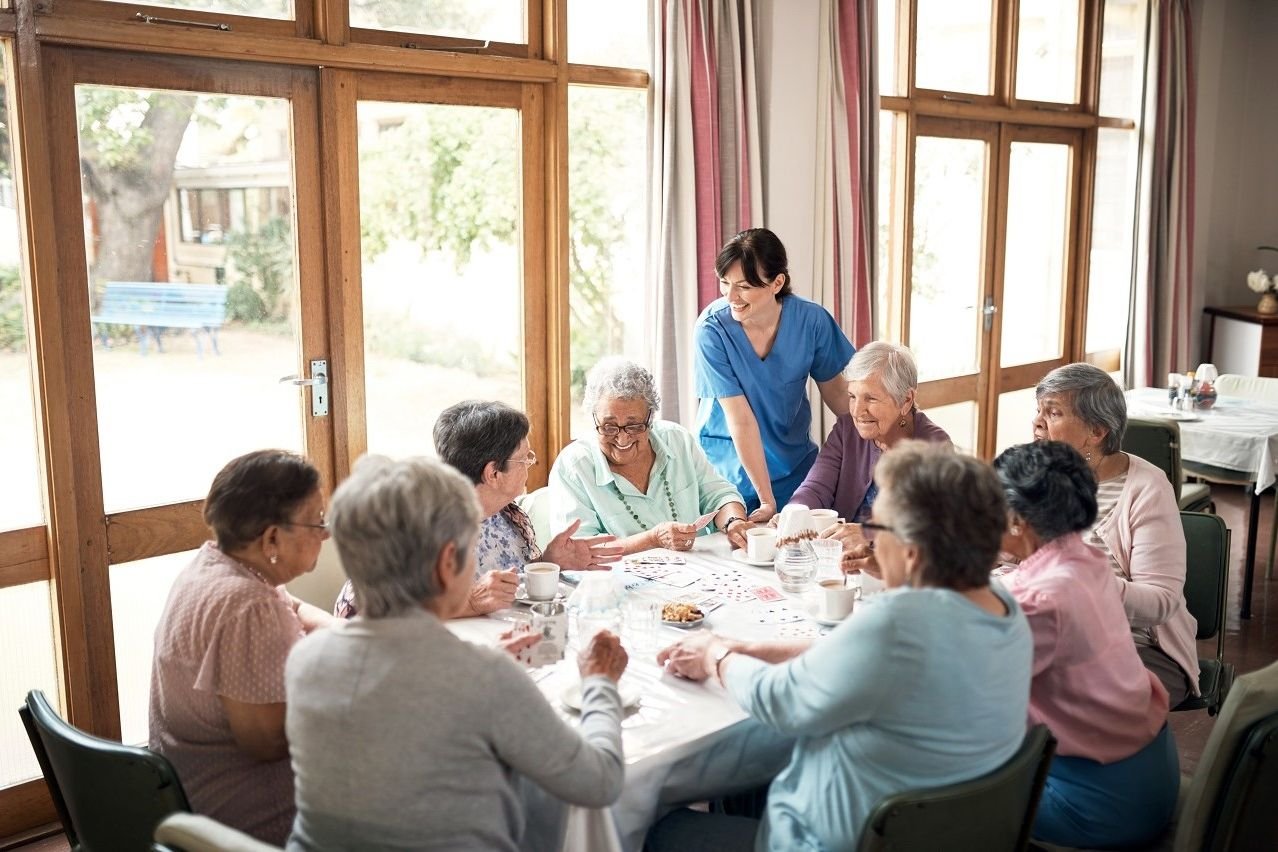Companion volunteers: giving back and getting more
Isolation and loneliness can be a curse for older people. This government volunteer scheme is proving popular with retirees looking to make connections.

Peter visits Jack at his Adelaide home each week, helping Peter with his pet project: recording some of his life stories.
“The thing that fascinated me was the fact that Jack never wrote anything down. He had in his mind already written it. I mean, it's absolutely extraordinary,” Peter said.
Peter helps by using an old-fashioned Dictaphone to record Jack’s stories.
Jack says it’s a very useful gadget, because “I'm able to put down things which come to mind at any odd time to include in the autobiography. I have done it with Peter's help; a great deal of help. Hopefully it'll have a happy ending.”
Peter is helping Jack with a condition that is common to many older retirees: isolation and loneliness. A regular visitor and friend can vastly improve the wellbeing of elderly recipients.
Peter is just one of hundreds of older Australians who are giving up their time to support other older people by volunteering and in return benefit himself.
“I don’t have a big social circle, and I thought this was a good way for me to broaden my social connection and feel as if I’m part of a community,” Peter said.
Jack’s response: “I hate to say this in his presence, but Peter to me, is a godsend. Without his being here I would find it much more difficult to get on and I really look forward to his coming each week.”
Peter is a volunteer under the Aged Care Volunteer Visitors Scheme (ACVVS), a Federal Government initiative that provides friendship and companionship to older people.
Visits are available to anyone who:
Receives government-subsidised residential aged care or Home Care Packages, including care recipients approved or on the National Priority System for residential or home care packages
Is socially isolated.
The scheme is free and has been running for more than 30 years. It was previously known as the Community Visitors Scheme (CVS) and aims to:
Provide friendship and companionship to older people
Help develop social connections.
The scheme focuses on the needs of older people that the Department of Health categorises as coming “from particular linguistic, cultural, and complex vulnerability backgrounds who may be at greater risk of social isolation”.
It matches volunteers to older people receiving aged care and supports the relationships that form between the volunteers and the people they visit.
Volunteers visit at least 20 times per year. They can be:
One-on-one or group visits to residential aged care homes
One-on-one visits to people receiving Home Care Packages.
You can request an aged care home visitor here.
Volunteers usually visit for an hour once a fortnight, at a time that suits both the volunteer and the person they visit. Volunteers can visit the older person in:
Their own home
Their aged care home
A public venue.
People receiving aged care services come from all different social and cultural backgrounds, as do the volunteers.
There are volunteer visiting network members for each state and territory who match volunteers with older people in their local area. If you are interested in becoming a volunteer visitor, contact the network members using this form (you may need to scroll down).
To be a volunteer visitor, you must be 18 years or over and undergo a National Police Check. Police checks are valid for three years and must be renewed for continuing volunteers.
Learn more about becoming an aged care home volunteer here.
Volunteer Jacqueline has been visiting Monique for 15 years. They share similar backgrounds and language … making it easier to open up to each other in conversation and companionship.
You can watch a video of their story here along with other videos of friendships and connections made through this program.
Our research reveals a snapshot of the number of older Australians who volunteer, why they volunteer and the types of voluntary work they do.
The report “I make a difference in this world with what I do": Older Australians and Volunteering, is the result of a survey of 3,600 responses
Of those respondents, 50% said they volunteered some of their time.
That figure was further broken down to reveal that:
27% said they spend five hours or less per week doing voluntary work
12% said they performed 5-10 hours
9% said they did 10-20 hours
2% said they did 20 or more hours per week
The survey also revealed that there was not a great distinction between the amount of volunteer work done by those who had permanently retired from paid work to those who hadn’t.
However, it did reveal that those who engaged in volunteering were more likely to be positive and satisfied with how they spent their time.
Because it’s unpaid, volunteering is not recognised for its economic benefit, productivity and contribution to society.
Popular volunteering areas include:
Organisations that help groups of people in need such as victims of domestic violence, the homeless or asylum seekers
Organisations that serve a cause beyond helping disadvantaged people, such as helping animals
Institutions such as community centres, schools, universities and TAFEs, churches and hospitals
Identity-based communities the respondent belongs to that is related to their age, religion, sexuality, gender, culture, nationality, profession, disability, or health condition.
The survey also revealed barriers as to why people do not volunteer. The report can be found here.
Related reading: NSA
Related viewing: Health Department video





